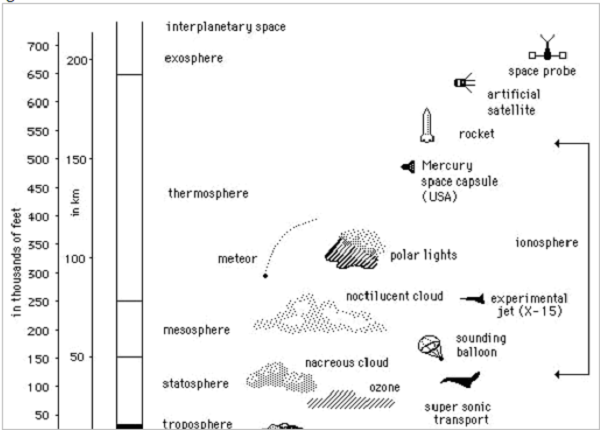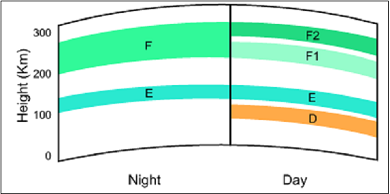
- Antenna Theory - Fundamentals
- Antenna Theory - Basic Parameters
- Antenna Theory - Parameters
- Antenna Theory - Near & Far Fields
- Antenna Theory - Radiation Pattern
- Isotropic Radiation
- Antenna - Beam & Polarization
- Antenna Theory - Beam Width
- Antenna Theory - Reciprocity
- Antenna Theory - Poynting Vector
- Types of Antennas
- Antenna Theory - Types of Antennas
- Antenna Theory - Wire
- Antenna - Half-Wave Dipole
- Antenna - Half-Wave Folded Dipole
- Antenna - Full-Wave Dipole
- Antenna Theory - Short Dipole
- Antenna Theory - Long Wire
- Antenna Theory - V-Antennas
- Inverted V-Antenna
- Antenna Theory - Rhombic
- Antenna Theory - Loop
- Antenna Theory - Helical
- Antenna Theory - Aperture
- Antenna Theory - Horn
- Antenna Theory - Slot
- Antenna Theory - Micro Strip
- Antenna Theory - Lens
- Parabolic Reflector
- Antenna Arrays
- Antenna Theory - Antenna Arrays
- Antenna Theory - Collinear Array
- Antenna Theory - Broad-side Array
- Antenna Theory - End-fire Array
- Antenna Theory - Parasitic Array
- Yagi-Uda Antenna Theory
- Log-periodic Antenna Theory
- Turnstile Antenna Theory
- Wave Propagation
- Antenna - Spectrum & Transmission
- Antenna - Types of Propagation
- Antenna - Lonosphere & its Layers
- Terms in Wave Propagation
- Antenna Theory Useful Resources
- Antenna Theory - Quick Guide
- Antenna Theory - Useful Resources
- Antenna Theory - Discussion
Antenna Theory - Lonosphere and its Layers
Earths atmosphere has several layers. These layers play an important role in the wireless communication. These are mainly classified into three layers.
Troposphere
This is the layer of the earth, which lies just above the ground. We, the flora and fauna live in this layer. The ground wave propagation and LOS propagation take place here.
Stratosphere
This is the layer of the earth, which lies above Troposphere. The birds fly in this region. The airplanes travel in this region. Ozone layer is also present in this region. The ground wave propagation and LOS propagation takes place here.
Ionosphere
This is the upper layer of the Earths atmosphere, where ionization is appreciable. The energy radiated by the Sun, not only heats this region, but also produces positive and negative ions. Since the Sun constantly radiates UV rays and air pressure is low, this layer encourages ionization of particles.
Importance of Ionosphere
The ionosphere layer is a very important consideration in the phase of wave propagation because of the following reasons −
The layer below ionosphere has higher amount of air particles and lower UV radiation. Due to this, more collisions occur and ionization of particles is minimum and not constant.
The layer above ionosphere has very low amount of air particles and density of ionization is also quite low. Hence, ionization is not proper.
The ionosphere has good composition of UV radiation and average air density that does not affect the ionization. Hence, this layer has most influence on the Sky wave propagation.
The ionosphere has different gases with different pressures. Different ionizing agents ionize these at different heights. As various levels of ionization are done at each level, having different gases, few layers with different properties are formed in the ionosphere.
The layers of ionosphere can be studied from the following figure.

The number of layers, their heights, the amount of sky wave that can be bent will vary from day to day, month to month and year to year. For each such layer, there is a frequency, above which if the wave is sent upward vertically, it penetrates through the layer.
The function of these layers depends upon the time of the day, i.e., day time and night time. There are three principal layers- E, F1 and F2 during day time. There is another layer called D layer, which lies below E layer. This layer is at 50 to 90kms above the troposphere.
The following figure depicts the layers present in both day time and night time in the earths atmosphere.

This D layer is responsible for the day time attenuation of HF waves. During night time, this D layer almost vanishes out and the F1 and F2 layers combine together to form F layer. Hence, there are only two layers E and F present at the night time.